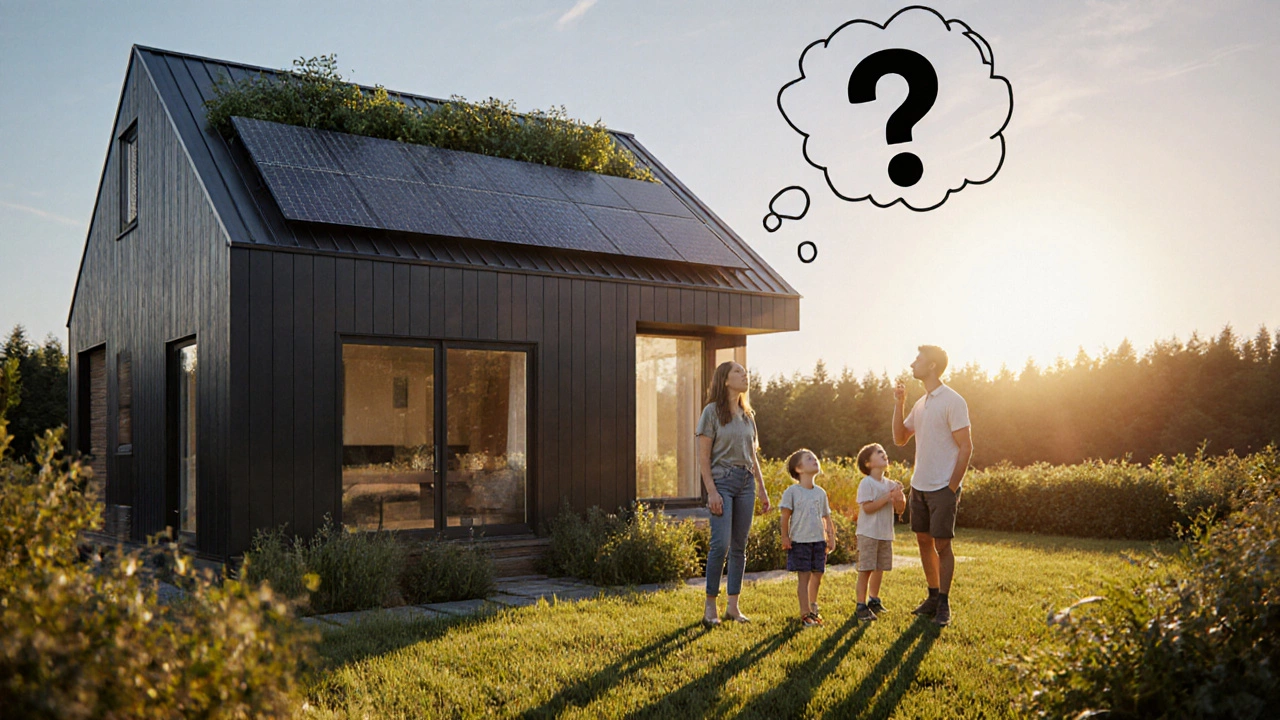Green Home Price – What to Expect When Building an Eco‑Friendly House
When you start thinking about a green home price, the total amount you need to spend to build or buy a house that meets eco‑friendly standards. Also known as eco‑friendly home cost, it covers everything from land acquisition to renewable energy systems. A green building, a structure designed to minimize environmental impact throughout its life‑cycle is one major factor, while an eco‑friendly house, a residence that uses sustainable materials and energy‑saving technologies defines the end product. Sustainable construction, building methods that reduce waste, conserve resources and lower carbon emissions influences both the upfront spend and long‑term savings. These entities intertwine: a lower green home price often requires smart energy‑efficient design, while higher upfront costs can be offset with lower utility bills later.
Key Factors That Shape the Green Home Price
First off, the location matters. Building in a region with strong planning support for renewable energy or where timber is abundant can shave a few thousand pounds off the bill. Next, the choice of materials drives cost. Timber frames, recycled insulation, and low‑VOC paints usually cost more than standard concrete, but they also boost the home’s energy performance. Then there’s the energy system itself – solar panels, heat‑pump water heaters, and battery storage add a noticeable line item, yet they cut yearly electricity expenses dramatically. Finally, certification levels like BREEAM or Passivhaus set benchmarks that affect the price; higher grades often mean more stringent testing and higher-quality components.
Understanding these variables helps you plan a realistic budget. For example, a modest two‑bedroom cottage built with reclaimed timber and a 3‑kW solar array might run around £200,000 in the South of England, whereas the same size home in a high‑cost metropolitan area could top £250,000. The gap isn’t just about land – it’s the extra spend on low‑embodied‑carbon materials and the need for professional consultants who know how to meet certification standards.
Another piece of the puzzle is the long‑term financial picture. While the green home price looks higher at the start, many owners see a 30‑40% drop in heating bills within the first year. Add government incentives – such as the Green Homes Grant – and the effective out‑of‑pocket cost shrinks further. Calculators from reputable energy‑saving organisations can give you a clear picture of payback periods, often showing a break‑even point in 7‑10 years.
Putting all this together, you’ll find that the green home price is not a single number but a range affected by design choices, local policies and future savings. Below you’ll discover articles that break down each of these elements – from budgeting for solar panels to choosing the right sustainable insulation – so you can decide how far you want to go on your eco‑friendly journey without surprise costs.
Eco-Friendly House Costs: How Expensive Are Green Homes?
Discover how much eco‑friendly houses cost, why they’re pricier, and how savings, incentives, and smart choices can make green homes affordable.
- Oct, 19 2025
- 0 Comments
